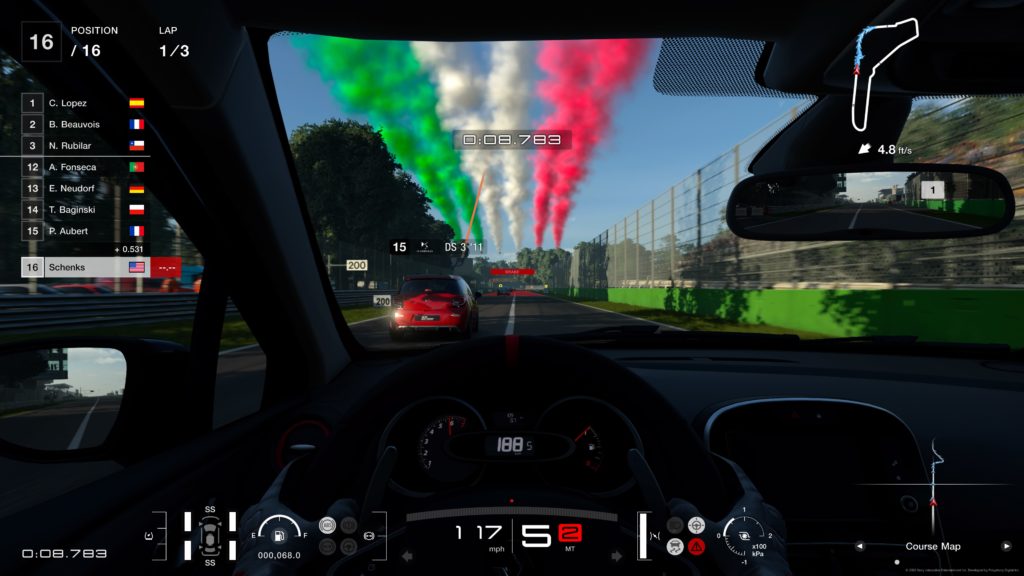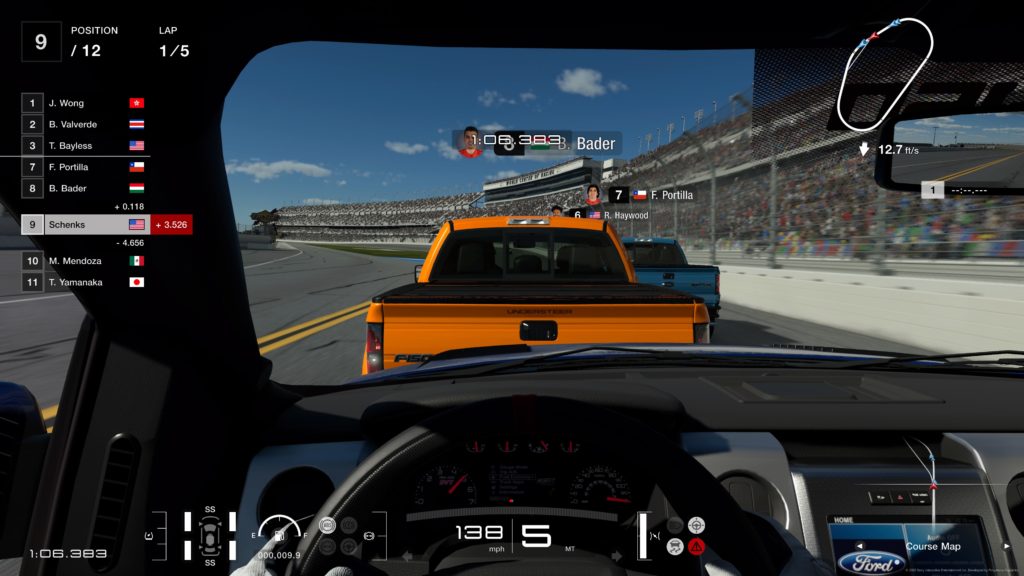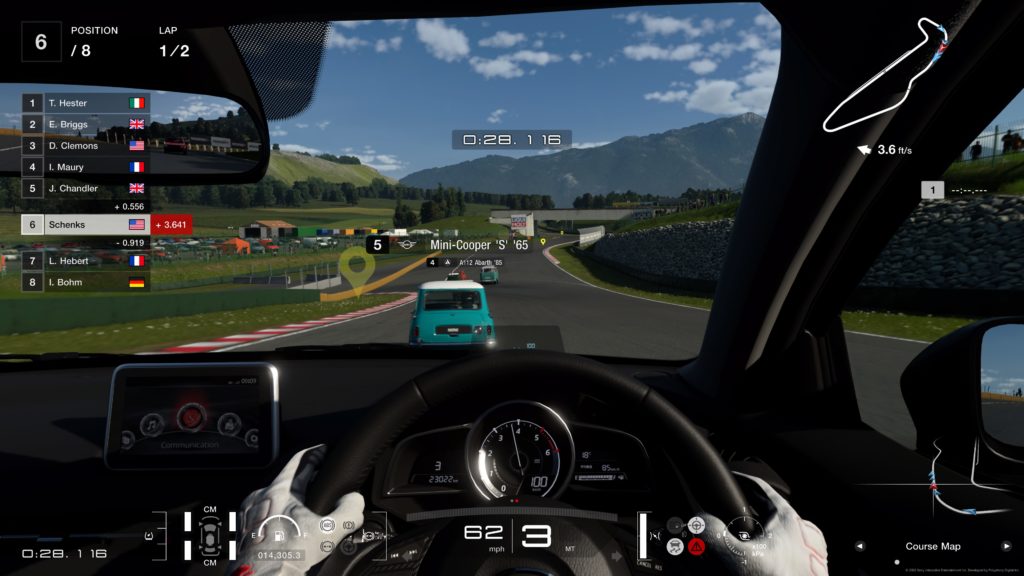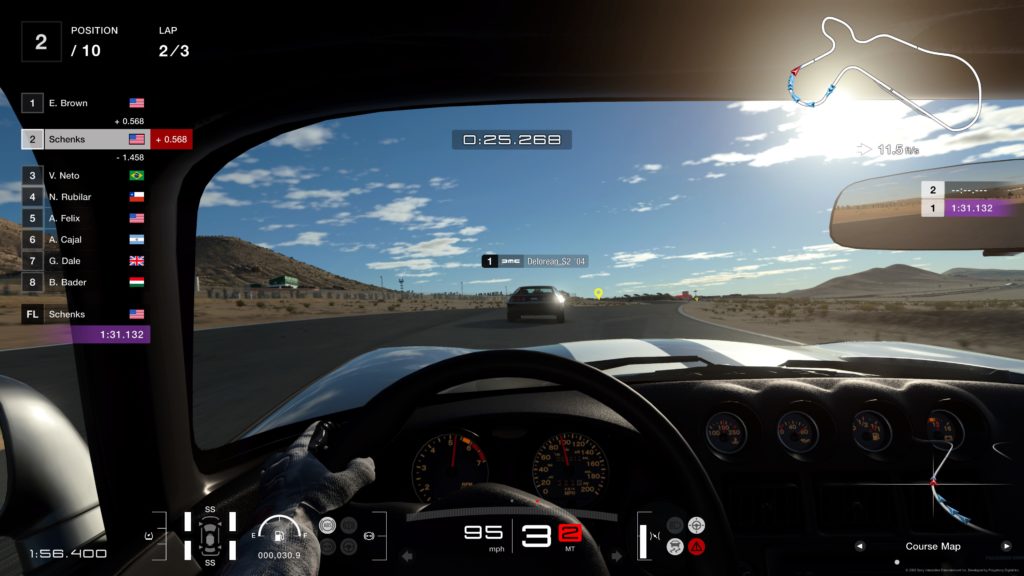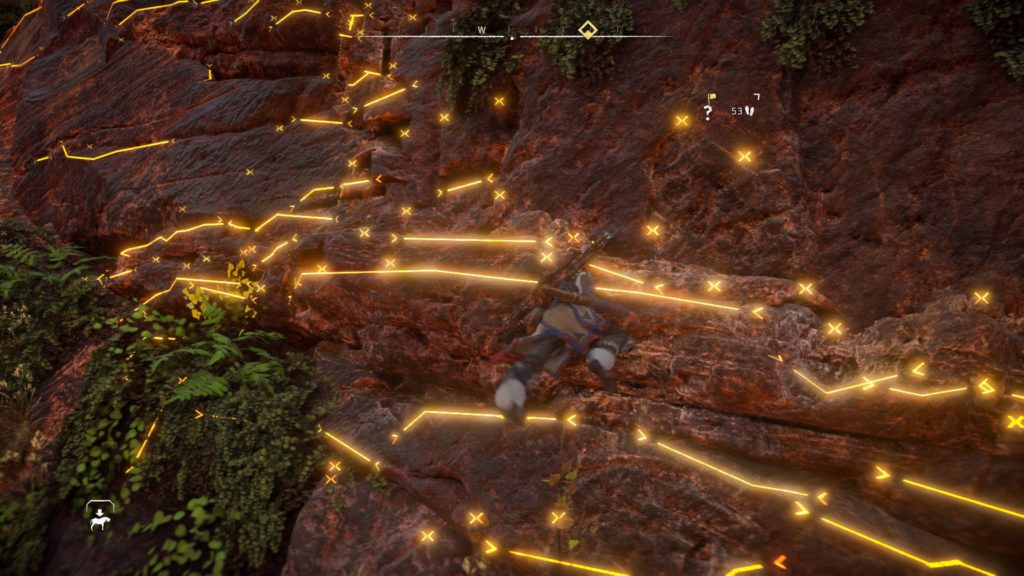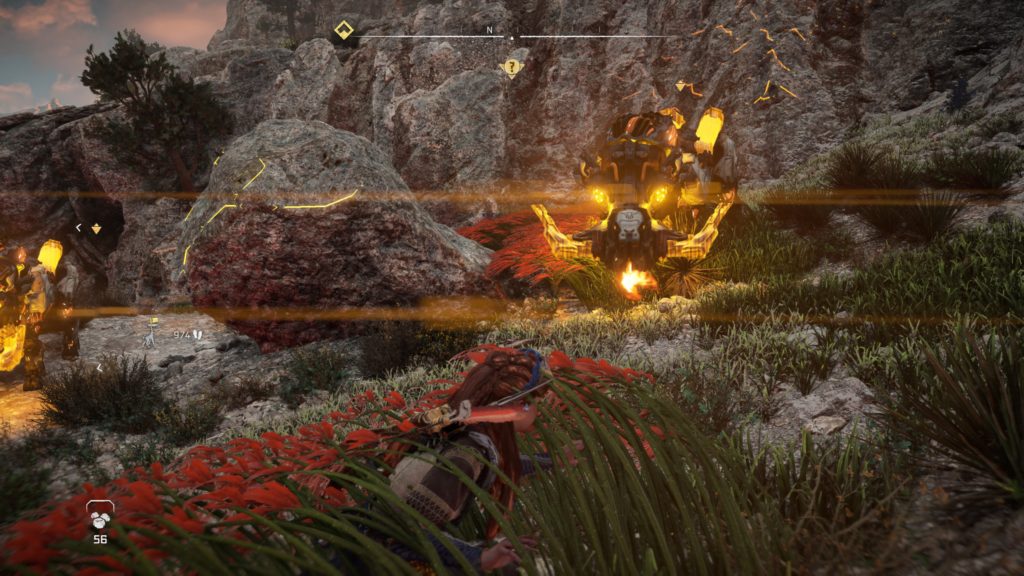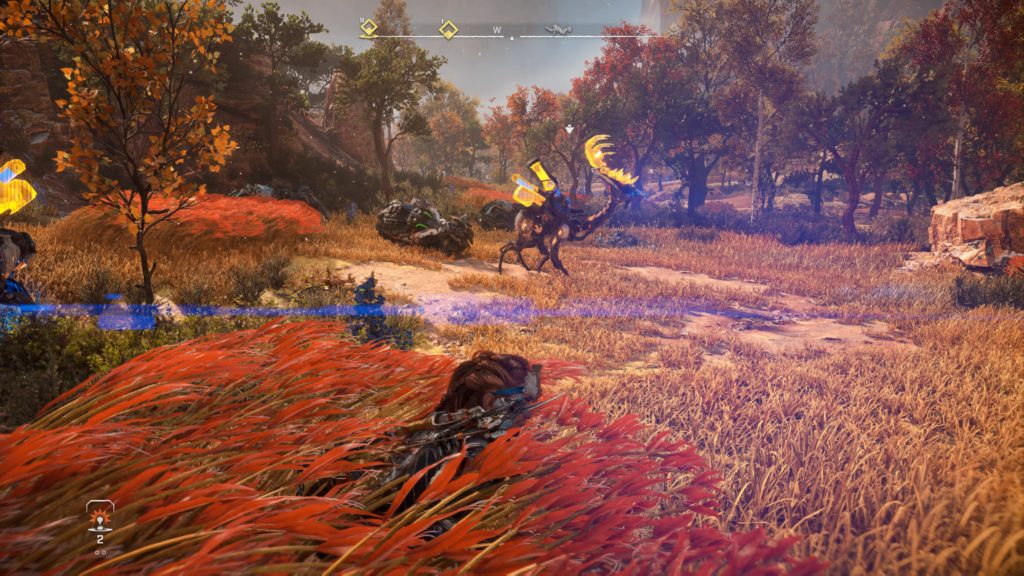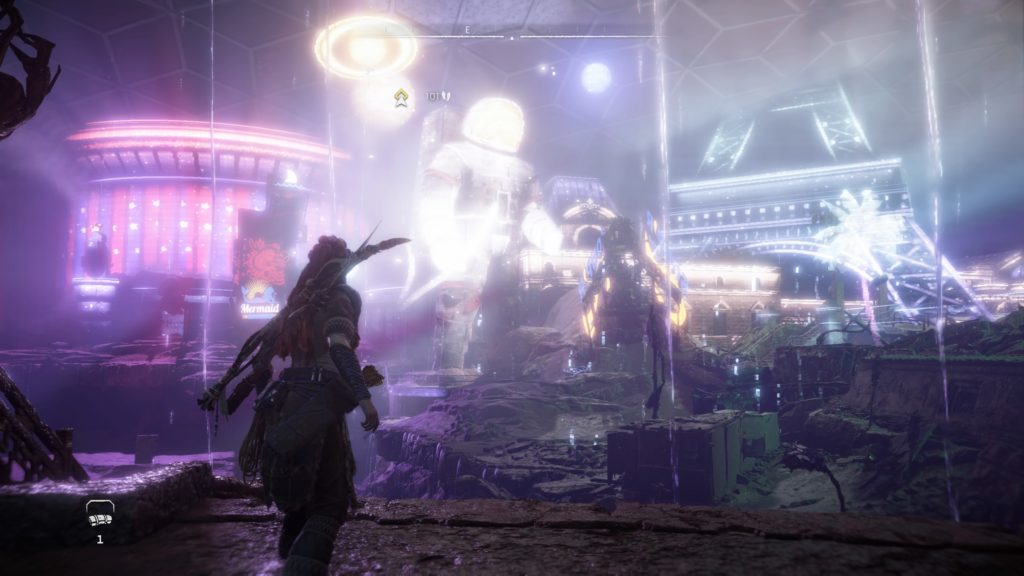More Info from Dangen Entertainment
- Genre: RPG
- Platform: Switch
- Also Available On: Windows, PS4, Xbox One, Xbox Series
As basically a clone of Paper Mario: The Thousand Year Door this one gets a lot right. The writing is entertaining. The combat has good action-based attack and defense perks. The visual style really hits a good place. However, at the 10 hour mark my attacks still did the same damage as the 0 hour mark. What ultimately did me in is that I wanted to kill some trash quicker, couldn’t find an item to do so, then did a bunch of side quests in search of similar things with my rewards only some small amounts of currency. It felt unrewarding in a way that made me question how much longer I’d have to go to get beyond the simple set of strategies available to me for the majority of my time in the game. The core choice in how they handled stats and how it impacted my power curve was something I couldn’t shake.
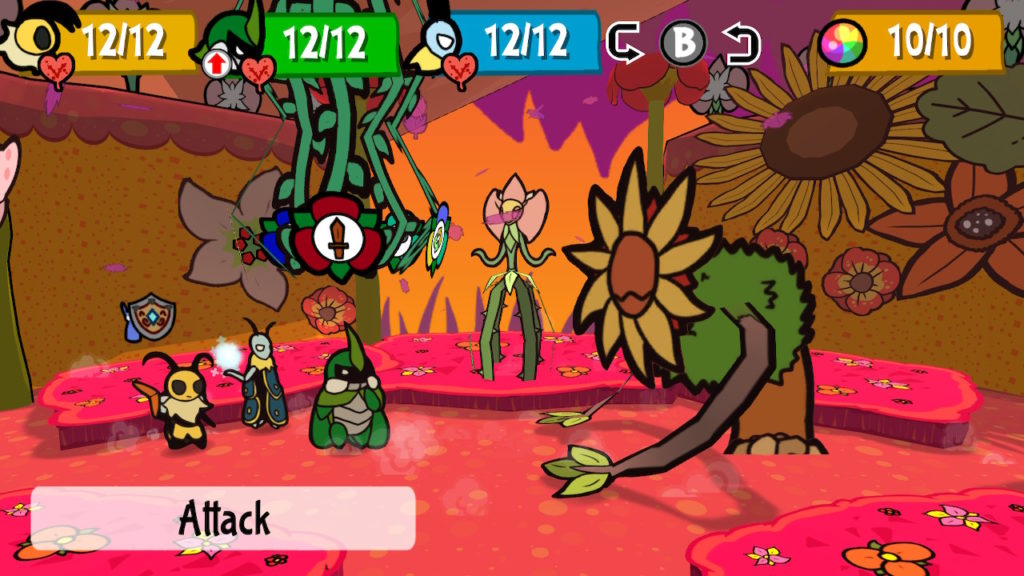
The way this game doles out stat upgrades really just doesn’t work for me. Level ups give you three choices – +1 HP, +3 badge points, and +3 special attack points. That’s it. What this ultimately means is that your power curve is tied to badges. Early on most of these are simple things – +1 defense to the back row character, automatic kills of weak enemies, etc. By the point I’m at, I can start to see some more interesting possibilities emerging – for example, a badge that causes a character to get poisoned and a badge that increases defense for a poisoned character. However, I don’t have anything resembling a complete set of badges to execute an actual strategy. For example, I don’t have anything to match with poisons that increases healing to mitigate the inherent damage or increase attack to reduce turns in the fights while poisoned. And sure, there’s food that can temporarily boost things to help you out more but they’re temporary, they’re consumable, and they require you to take up slots in an extremely limited inventory, so it also feels less than ideal to follow after.
In lieu of stat upgrades, strategies like these would be interesting and fun as a mechanical choice, but there’s just such a slow rate of giving out the more interesting badges that I don’t know when I’m going to actually be able to have fun using those types of things. It would be one thing if that was the late game goal and early to mid game were supplemented by stat increases, but I’m also not getting those. My 3 point attack at minute 0 is the same 3 point attack that I have at hour 10, and it’s largely what I do against any trash. The problem is that the trash has gone from 4 to 10 HP in that time, and the only thing I’ve gained is some HP to stay alive a bit longer. It’s caused the pace of battles to slow tremendously for no reason other than lack of power to push through the fights.
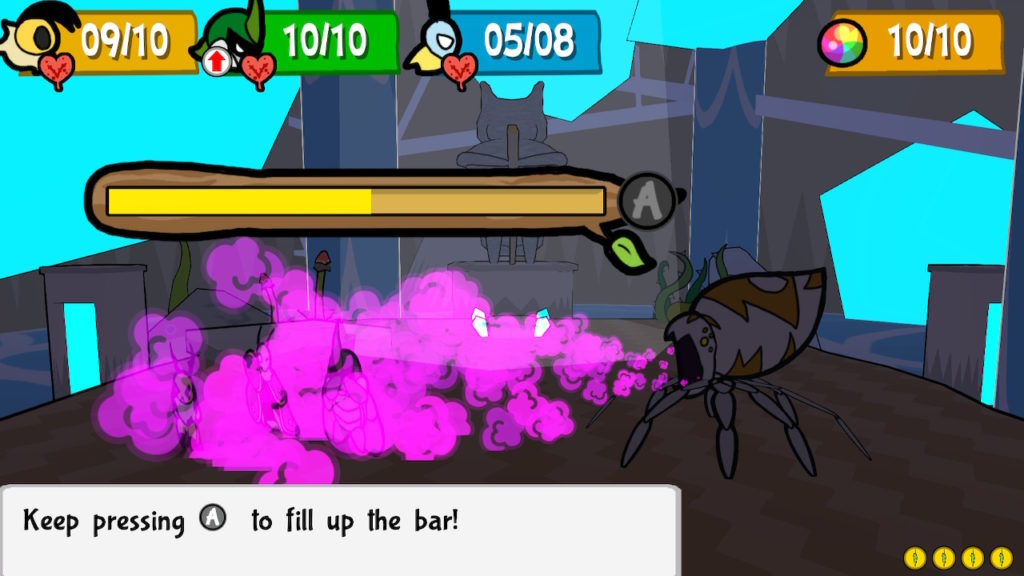
It’s such a small mechanical difference from most RPGs, but it’s really wrecking the experience for me. I want to have combat filled with interesting strategies, but I also want to feel like I’m gaining power. Sure, I’ve added some special attacks in that time so intuitively I have more tools at my disposal, but it doesn’t feel like I’m making progress. Something that took two rounds hours ago still takes two rounds, and it will continue to take two rounds until some currently undetermined time at which I find attack up badges or find a complete set to execute some fun strategy.
What it ended up doing was kind of a compound thing. I knew that I needed to do side content to hopefully find some cool rewards, but I didn’t want to do side content because so many of them don’t give cool rewards. I also didn’t necessarily want to push story content because I was getting to a point where normal trash fights were taking more time than I cared to get through, but because stats aren’t earned through leveling it made no sense to do even a small typical grinding pass to alleviate some of the slower pace. Spending a bunch of time fighting trash that gives no XP because it’s “weak” despite taking the same amount of time to kill as five hours ago is pretty discouraging. Finishing those combat sections and getting 20 or 30 berries instead of a useful badge is even more discouraging.
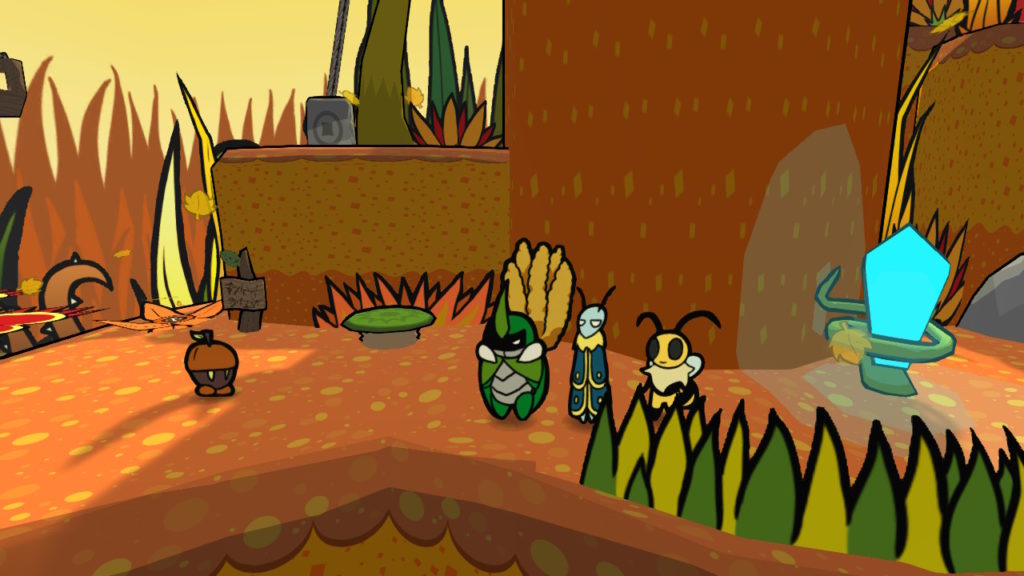
The unfortunate thing is that in a vacuum I really like what they did here. The combat clearly understood what people liked about old Paper Mario. You can reduce incoming damage with well timed button inputs, including a couple different tiers based on how precise you were. Each enemy has very different timing and tells, so you have to learn and memorize enemies. Attacks are similar, with each character having their own flavor of action inputs to increase the damage being done. Each character also has important strengths that play into combat strategy. The bee can knock down flying units. The beetle can flip over armored units. The moth can throw magic which is super effective against specific enemy types. Outside of the lack of power curve, the combat just works extremely well so it’s frustrating that stats are the thing really throwing me off.
This is ultimately a thing where my lack of patience is doing me in here. I get why people enjoy it and for the most part I really like the core mechanics at play but it just is hitting the wrong notes for me. I just want to feel like my time is being rewarded in a consistent manner, and typically for RPGs that would be through token stat increases and gearing. It doesn’t even have to be huge to feel effective in a game like this with such small numbers. Adding a +1 to one stat on one character each level would already be huge. Having the badges then supplement those stat increases to bring in interesting combat strategies would just be icing at that point. As it stands right now, the question mark of when I’ll feel more powerful, or even if I happen to do the right content to get those badges to do so is always just hanging over my head, causing me to fall off this game.


